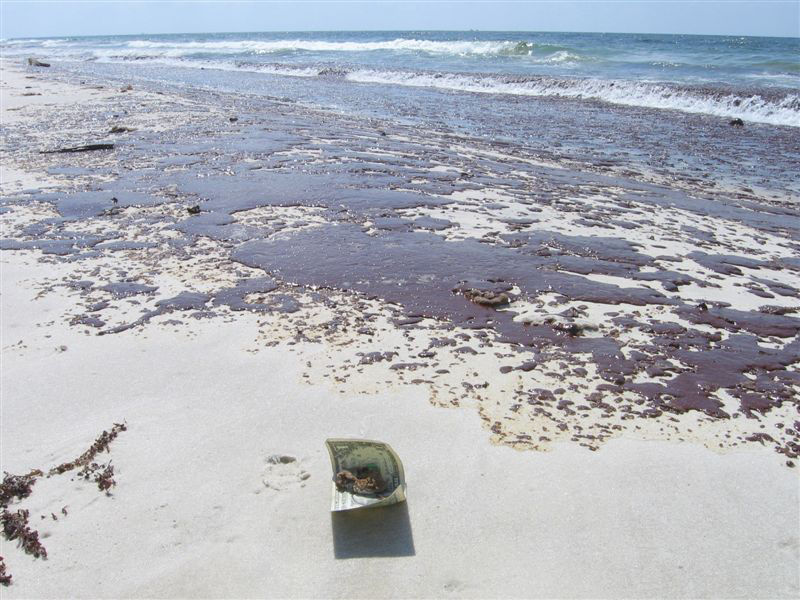| << Chapter < Page | Chapter >> Page > |

There used to be a place called Centralia, Pennsylvania. The town incorporated in the 1860s and once had several thousand residents, largely coal workers. But the story of its demise begins a century later in 1962. That year, a trash-burning fire was lit in the pit of the old abandoned coal mine outside of town. The fire moved down the mineshaft and ignited a vein of coal. It is still burning.
For more than twenty years, people tried to extinguish the underground fire, but no matter what they did, it returned. There was little government action, and people had to abandon their homes as toxic gases engulfed the area and sinkholes developed. The situation drew national attention when the ground collapsed under twelve-year-old Todd Domboski in 1981. Todd was in his yard when a sinkhole four feet wide and 150 feet deep opened beneath him. He clung to exposed tree roots and saved his life; if he had fallen a few feet farther, the heat or carbon monoxide would have killed him instantly.
In 1983, engineers studying the fire concluded that it could burn for another century or more and could spread over nearly 4,000 acres. At this point, the government offered to buy out the town’s residents and wanted them to relocate to nearby towns. A few determined Centralians refused to leave, even though the government bought their homes, and they are the only ones who remain. In one field, signs warn people to enter at their own risk, because the ground is hot and unstable. And the fire burns on (DeKok 1986).
Environmental racism refers to the way in which minority group neighborhoods (populated primarily by people of color and members of low socioeconomic groups) are burdened with a disproportionate number of hazards, including toxic waste facilities, garbage dumps, and other sources of environmental pollution and foul odors that lower the quality of life. All around the globe, members of minority groups bear a greater burden of the health problems that result from higher exposure to waste and pollution. This can occur due to unsafe or unhealthy work conditions where no regulations exist (or are enforced) for poor workers, or in neighborhoods that are uncomfortably close to toxic materials.
The statistics on environmental racism are shocking. Research shows that it pervades all aspects of African Americans' lives: environmentally unsound housing, schools with asbestos problems, facilities and playgrounds with lead paint. A twenty-year comparative study led by sociologist Robert Bullard determined “race to be more important than socioeconomic status in predicting the location of the nation’s commercial hazardous waste facilities” (Bullard et al. 2007). His research found, for example, that African American children are five times more likely to have lead poisoning (the leading environmental health threat for children) than their Caucasian counterparts, and that a disproportionate number of people of color reside in areas with hazardous waste facilities (Bullard et al. 2007). Sociologists with the project are examining how environmental racism is addressed in the long-term cleanup of the environmental disasters caused by Hurricane Katrina.

Notification Switch
Would you like to follow the 'Introduction to sociology 2e' conversation and receive update notifications?